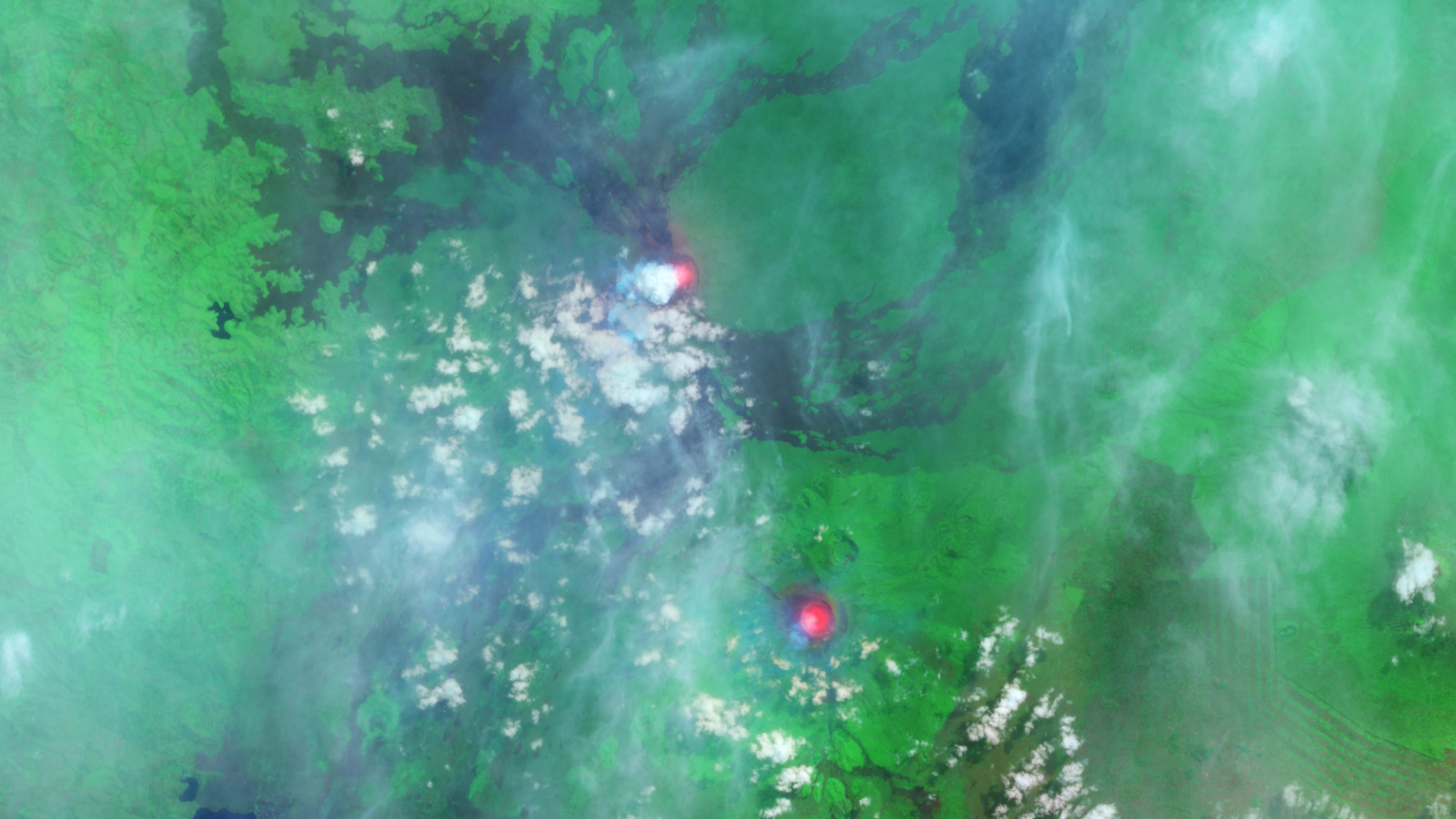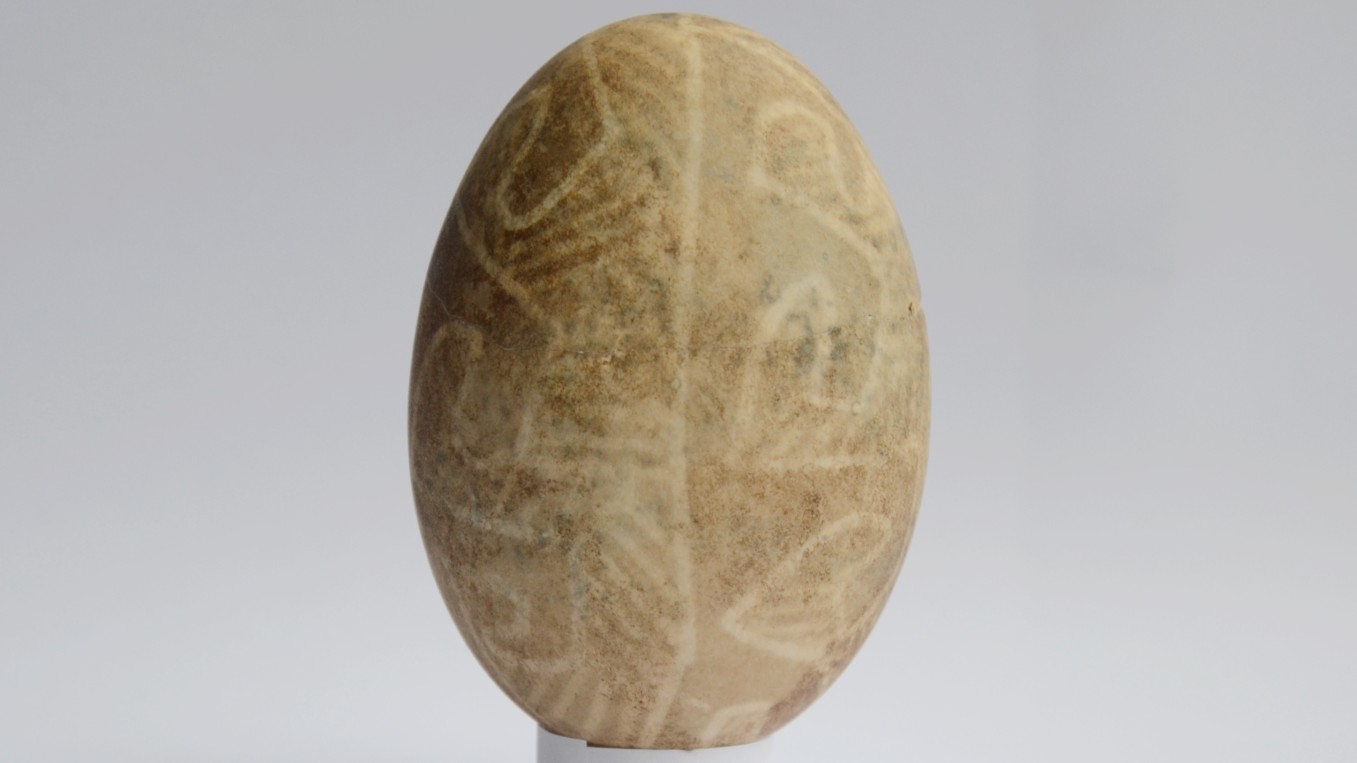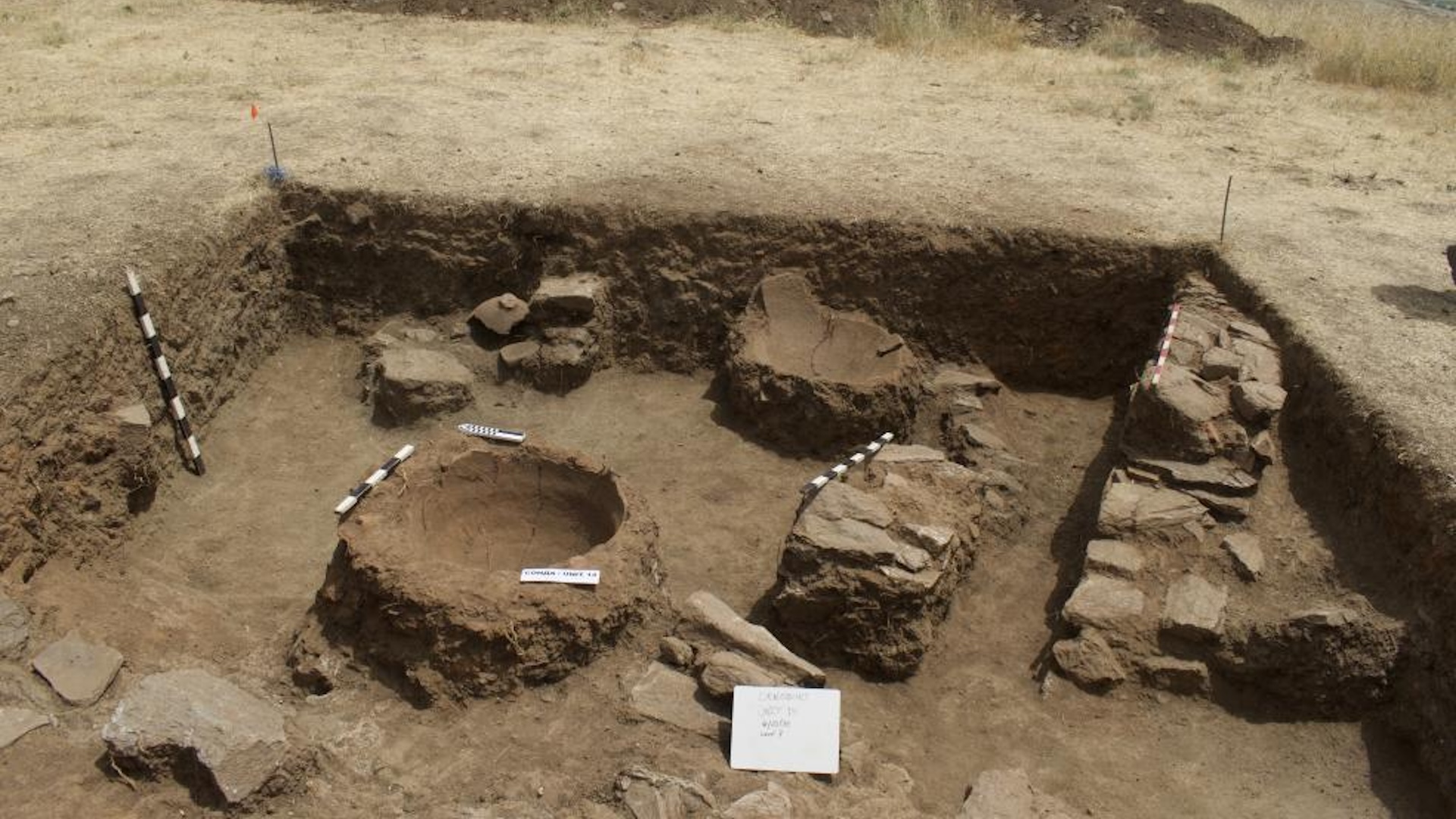Space photo of the week: Hubble zooms in on the glittering galaxy next door
The Small Magellanic Cloud, a dwarf galaxy about 200,000 light-years from the solar system, can be seen with the naked eye from the Southern Hemisphere.
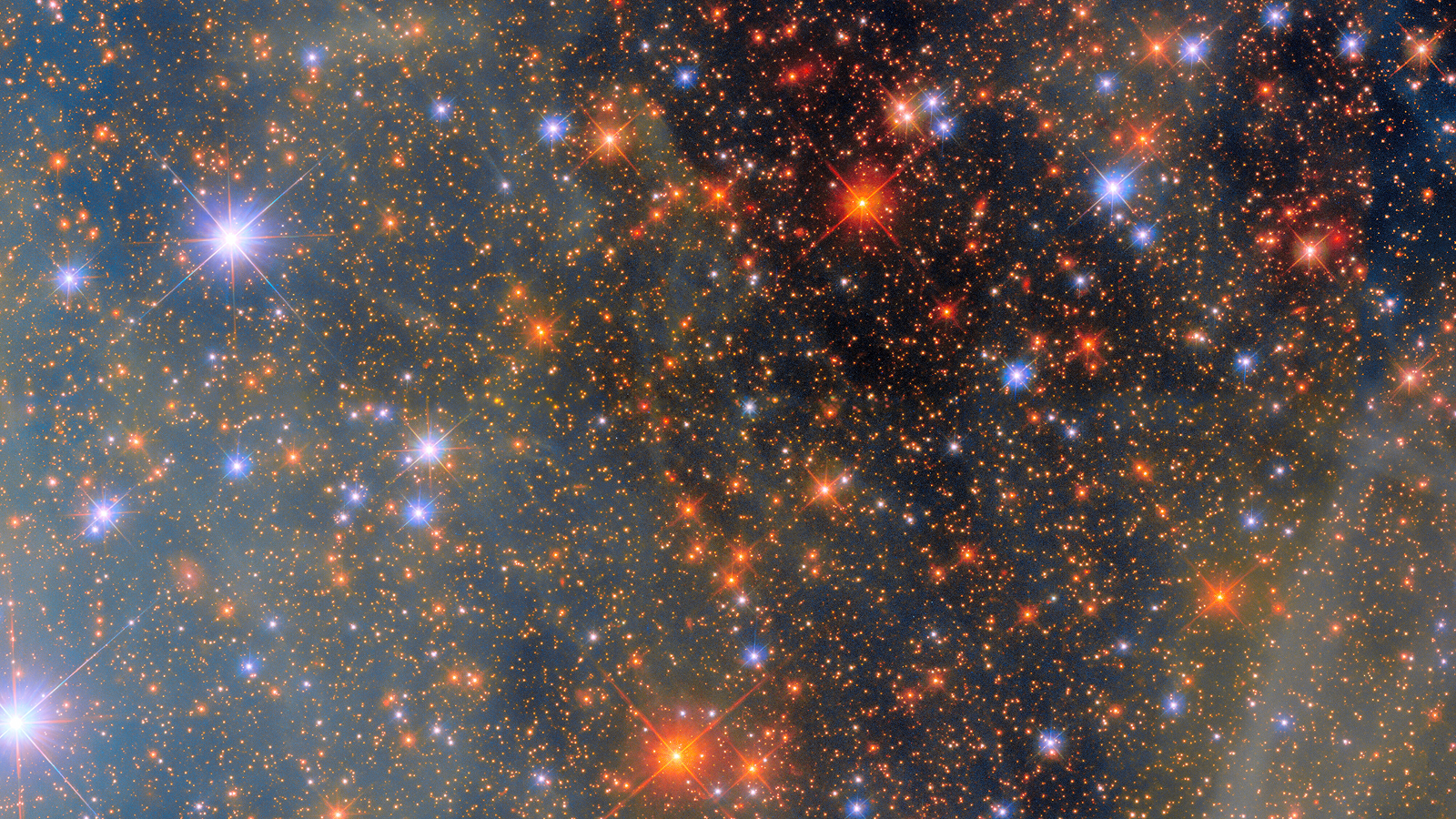
What it is: The Small Magellanic Cloud, a nearby dwarf galaxy
Where it is: 200,000 light-years away, in the constellations Tucana and Hydrus
When it was shared: March 21, 2025
Why it's so special: The Small Magellanic Cloud (SMC) is one of our galaxy's closest neighbors and is visible to the naked eye, yet most humans will never see it. The dwarf galaxy, which contains just several hundred million stars, compared with the Milky Way's 100 billion stars, can be seen only from the Southern Hemisphere as a cloudy patch in the night sky.
The SMC is close to the bigger Large Magellanic Cloud and is best seen from November to January — unless you're the Hubble Space Telescope, which recently zoomed in on the SMC to reveal its intricate structure.
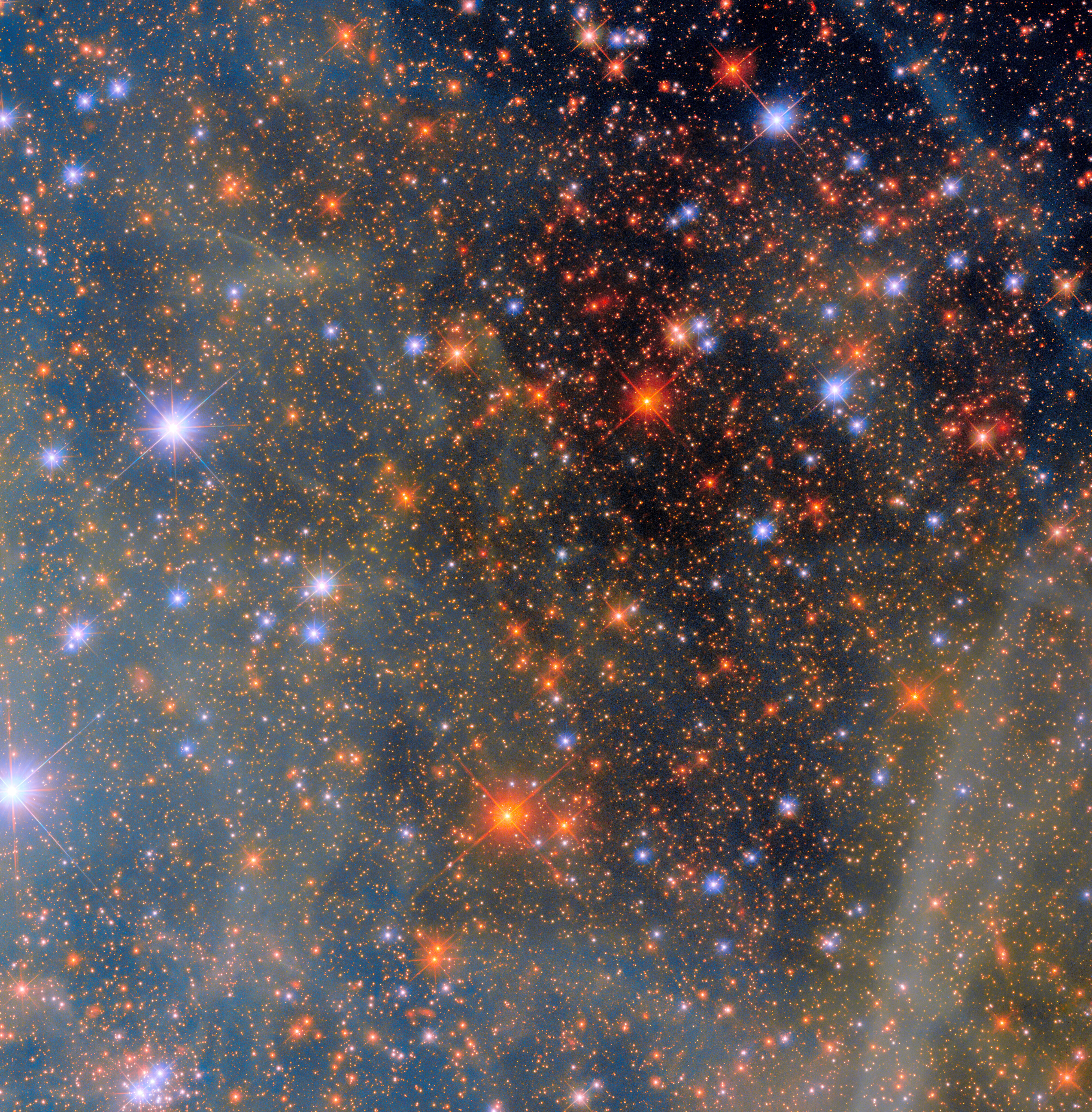
Hubble's Wide Field Camera 3 used its four filters and the observatory's 8-foot (2.4 meters) mirror to capture various wavelengths of light to create this colorful view of clouds of gas and dust illuminated by the light of young stars in the SMC.
Sign up for the Live Science daily newsletter now
Get the world’s most fascinating discoveries delivered straight to your inbox.
The image shows the center of NGC 346, an open star cluster where new stars are born. Previous studies found about 2,500 infant stars in NGC 346 that have formed from gravitationally collapsing gas clouds. However, they have yet to become full-fledged stars.
As a star factory, the SMC fascinates astronomers because it lacks the heavier elements found in large galaxies like the Milky Way. These heavy elements are the byproducts of multiple generations of stars — something the SMC has lacked due to its small size. Dwarf galaxies like the SMC are thought of as primitive building blocks of larger galaxies. In that way, the SMC is a unique and very close example of what was happening in the early universe.
For more sublime space images, check out our Space Photo of the Week archives.

Jamie Carter is a freelance journalist and regular Live Science contributor based in Cardiff, U.K. He is the author of A Stargazing Program For Beginners and lectures on astronomy and the natural world. Jamie regularly writes for Space.com, TechRadar.com, Forbes Science, BBC Wildlife magazine and Scientific American, and many others. He edits WhenIsTheNextEclipse.com.
You must confirm your public display name before commenting
Please logout and then login again, you will then be prompted to enter your display name.


